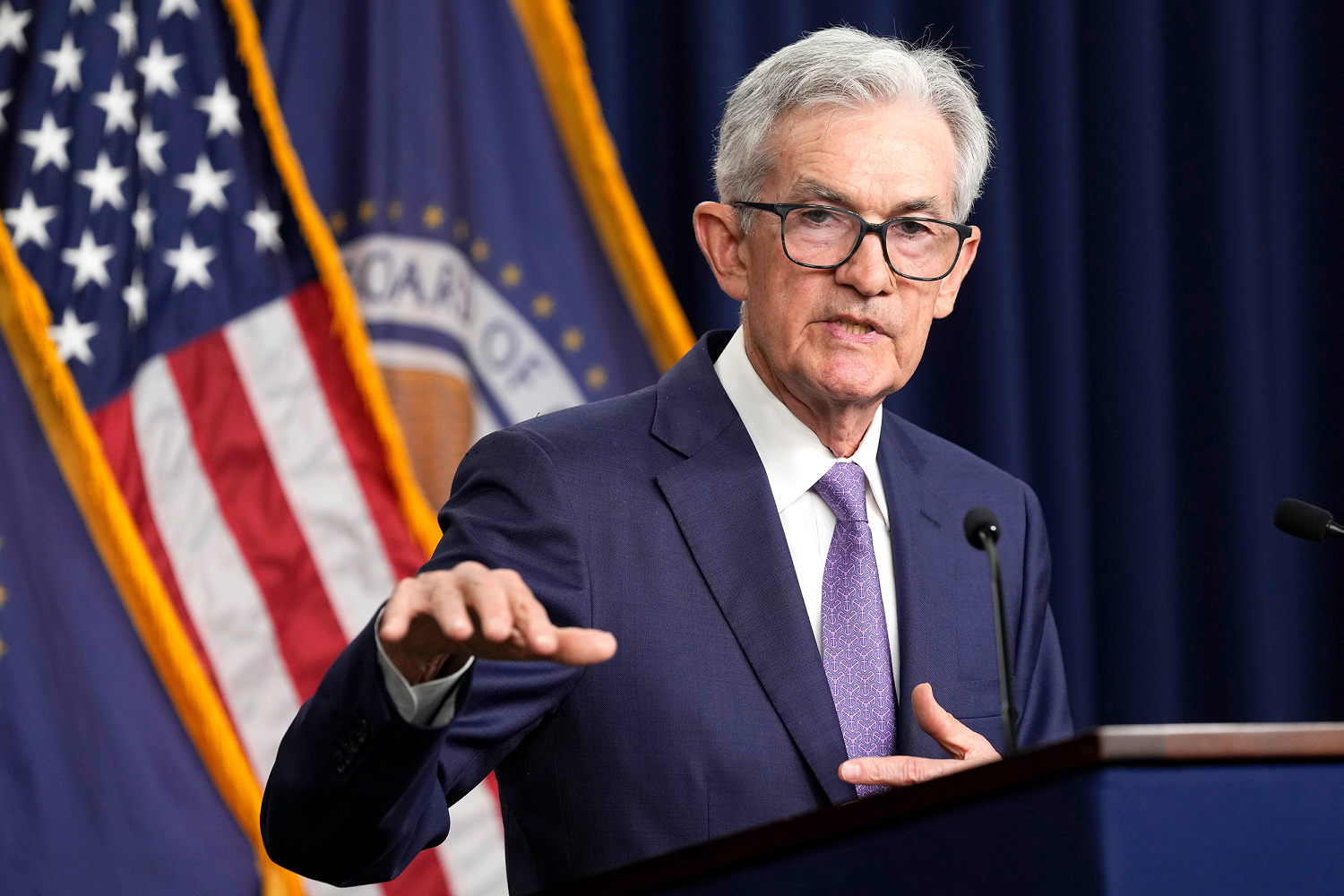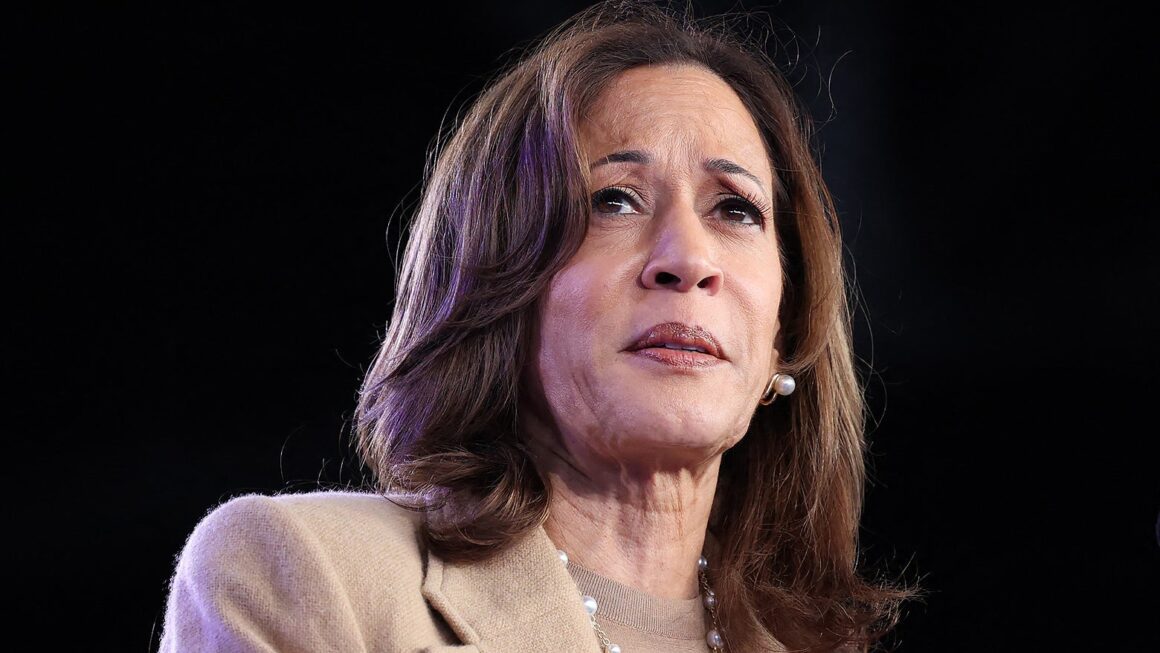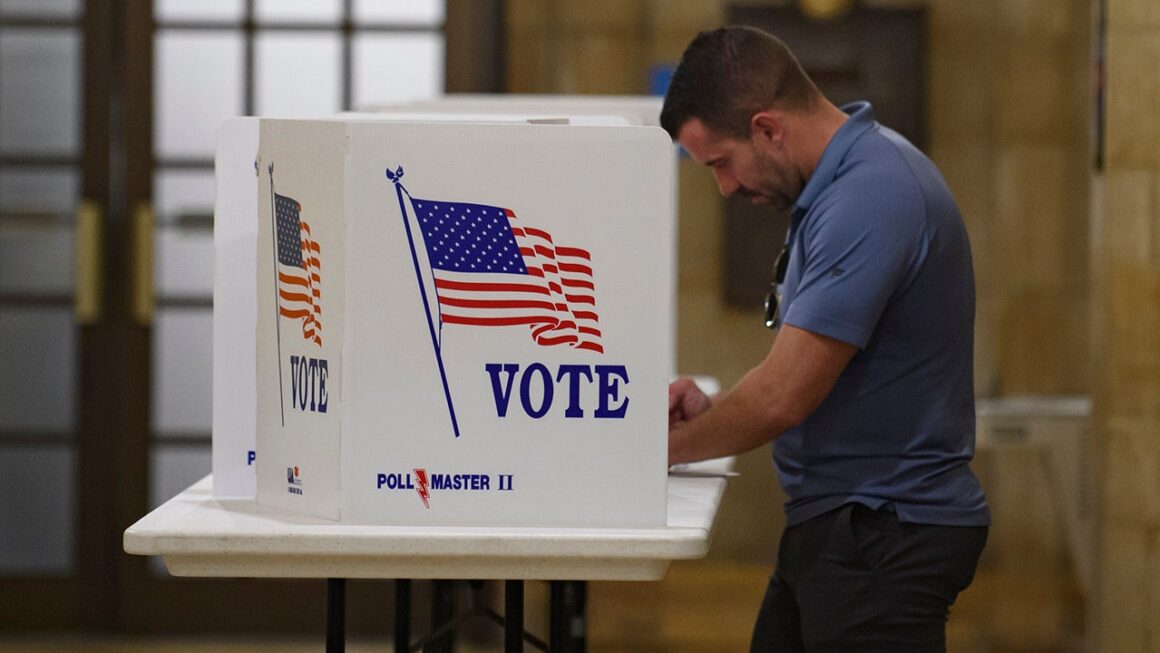
Though Wall Street indexes made something of a comeback Tuesday, recent days have been brutal for investors. The Dow fell more than 1,000 points Monday, following a smaller but still steep drop Friday. After hitting a record high on July 10, the tech-heavy Nasdaq has dropped 13% in less than a month.
This extended drop is prompting increasing calls for the Federal Reserve to cut interest rates. And its critics have a point. The United States economy, seemingly so robust, is increasingly acting as if it’s on the precipice of an economic downturn. But the Fed, still busy fighting a battle against inflation it won well over a year ago, appears to be the last to know.
The Fed is still fighting the last economic war.
The issue is less the stock market — remember, only 58% of Americans own so much as a single share — than investors’ collective wisdom about where the economy is headed. While stock market indexes have drifted lower for a few weeks, the downward trend only picked up significant speed Friday after the disappointing July jobs report. Employment growth came in at just 114,000 jobs created, well below expectations. The headline unemployment number is now 4.3%, nearly a percentage point higher than this time last year.
And for those paying attention, the jobs report wasn’t the first warning flare about the broader American economy. Most Americans’ pandemic savings ran out in March, something that hit lower-income consumers hard. Credit card delinquencies are up. Sales of McDonald’s, concert tickets and luxury goods are all faltering, suggesting flagging spending for consumers up and down the income ladder. Some recent layoff announcements have been eye-popping — last week Intel said it would cut 15,000 staffers by the end of the year — and employers feel increasingly empowered to demand remote workers return to the office.
Yet the Fed is still fighting the last economic war, steadfastly refusing to cut the short-term interest rates even as inflation falls, unemployment ticks up and the economy slowly cools down. Fed Chair Jerome Powell insisted last week that inflation is still a significant threat and “we have to weigh the risk of going too soon against the risk of going too late.”
This is both wrongheaded and counterproductive. In fact, the Fed’s actions also might well be inadvertently exacerbating how we perceive inflation. Credit card interest rates are hovering near record highs, and while they aren’t included in inflation statistics, they still drain the wallets of those with revolving debt. The same is true in real estate, where high interest rates both raise the cost of monthly mortgages and reduce the supply of new homes being built, increasing housing prices.
Combine all that with the fact that Americans are still not used to the higher prices after the Covid-era inflationary surge, and it’s little wonder almost 4 in 10 Americans worry they won’t be able to pay all their bills.
There are still positive economic signs. Unemployment remains low by historical standards. GDP growth remains healthy.
The question is now whether the Fed should admit it made a mistake and step in with an immediate rate cut. Wharton School professor Jeremy Siegel, best known for his bullish view of the stock market, is rarely on the same team as Sen. Elizabeth Warren, D-Mass. But now they are both demanding the Fed take quick emergency steps. “The jobs data is flashing red,” Warren wrote on X last week. “Powell needs to cancel his summer vacation and cut rates now — not wait 6 weeks.”
Others argue this could all be much ado about nothing and precipitous action will simply increase panic for no good reason. After all, as Nobel Memorial Prize-winning economist Paul Samuelson famously observed, the stock market has predicted nine of the last five recessions. And there are still positive economic signs. Unemployment remains low by historical standards. GDP growth is still healthy. Despite the recent stock dip, markets are up for the year, just not as up as they were three weeks ago. Moreover, there are other possible explanations for the sudden dive, including fear of a broader war in the Middle East, the popping of the artificial intelligence bubble and the impact of the Bank of Japan raising interest rates.
But slowdowns and recessions don’t announce themselves. They sneak up on us — slowly but surely. The time to head a recession off is precisely when the signs are murky, and when there is still disagreement. That’s why the Fed needs to recalibrate and begin cutting rates before it is too late.
![]()







